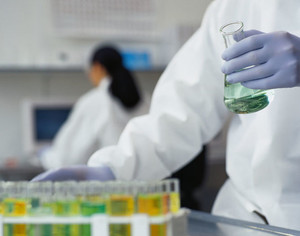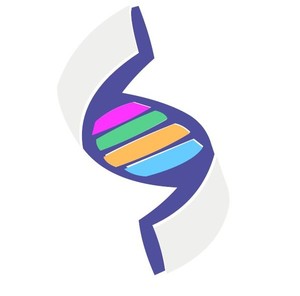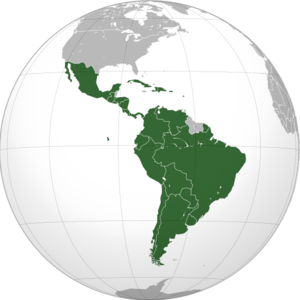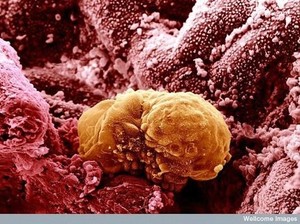Biosimilar development is more costly and requires greater effort to conduct analytical and clinical testing than generic drug development. These challenges can be amplified when developing a biosimilar of an orphan drug.
Clinical development challenges faced by orphan drug biosimilar developers
Home/Reports
|
Posted 16/10/2020
 0
Post your comment
0
Post your comment

The cost of developing a biosimilar is estimated at between US$100‒US$300 million, compared with US$1‒US$5 million for a small molecule generic. Specific estimates for orphan drug biosimilar development are not yet available, but costs are expected to run in the range of US$40‒US$50 million per orphan biosimilar, including the cost of procuring the comparator at commercial prices. With biological orphan drugs in Europe currently having annual sales of less than Euros 100 million annually, manufacturers will find it challenging to project an economic return from this investment.
In addition to the development costs associated with orphan drug biosimilar development, identifying trial sites and recruiting patients will present a significant challenge. The number of research sites with the interest, capability and capacity to participate in clinical trials for orphan drug biosimilars is likely to be small. These sites tend to be focussed on clinical research for additional indications or new experimental therapeutics for the disease area and are therefore likely to be reluctant to allocate resources and patients for trials involving biosimilars.
Patients with rare diseases are often accessed through national and international registries, specialist clinics and academic centres. The managers or custodians of these sources tend to be loyal to the originator companies that will often have brought funding and attention to these entities while investing in innovative treatments. This loyalty is particularly strong for orphan drugs due to long innovation cycles and commitment periods by innovator companies. The pool of potential trial participants may also be reduced due to post-registration pharmacovigilance requirements from the European Medicines Agency. Locating treatment-naïve patients with rare diseases will prove challenging because the relatively small numbers of known patients are likely to be receiving treatment with the reference product. Patients in countries where the reference product is not yet available may be a potential participant pool, however, such countries may not have available investigators and suitable infrastructure to conduct the clinical trials.
These development challenges associated with availability of suitable trial sites, investigators and patients, are likely to slow recruitment rates for orphan biosimilar clinical trials, prolong studies and increase costs. To help relieve such challenges for biosimilar manufacturers pursuing orphan drugs, regulatory authorities could consider proposals for comparative clinical studies utilizing flexible study designs to support similarity in efficacy and safety between the proposed biosimilar and the reference product.
Related articles
Challenges faced by biosimilar orphan drugs in European health systems
Commercialization challenges for biosimilar orphan drugs
Why biosimilar applications fail during regulatory evaluation?
Permission granted to reproduce for personal and non-commercial use only. All other reproduction, copy or reprinting of all or part of any ‘Content’ found on this website is strictly prohibited without the prior consent of the publisher. Contact the publisher to obtain permission before redistributing.
Copyright – Unless otherwise stated all contents of this website are © 2020 Pro Pharma Communications International. All Rights Reserved.
Source: IQVIA
Guidelines
New decree for the prescription and commercialization of medicines in Argentina
FDA issues draft guidance on biosimilars and interchangeable biosimilars labelling
Policies & Legislation
Regulatory Certainty Strategy for biosimilars launched in Mexico
Strategic plans of ANVISA and COFEPRIS to advance health regulation
Follow-on biological/ biosimilar approvals in Latin America by therapeutic class

Home/Reports Posted 03/04/2024
Follow-on biological/ biosimilar approvals landscape in Latin America

Home/Reports Posted 27/03/2024
First approvals of similar biotherapeutics in seven Latin American countries

Home/Reports Posted 16/01/2024
The best selling biotechnology drugs of 2008: the next biosimilars targets







Post your comment